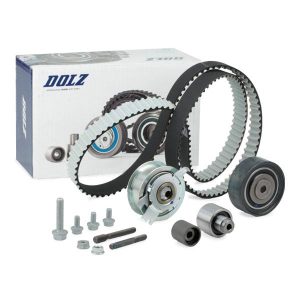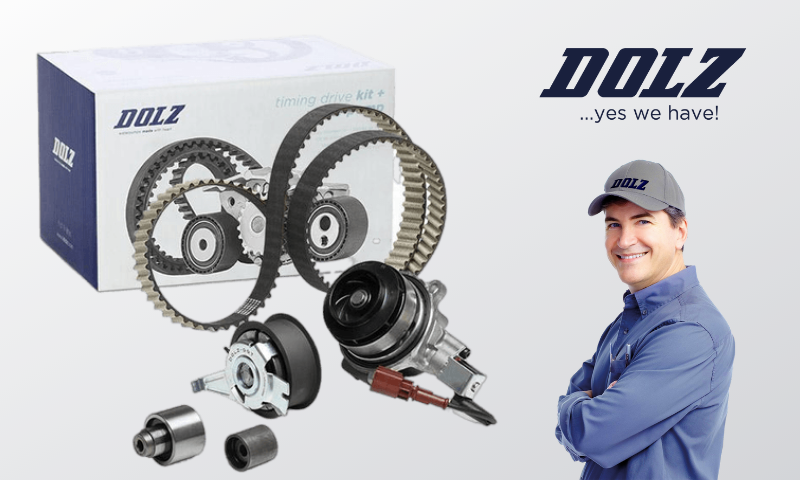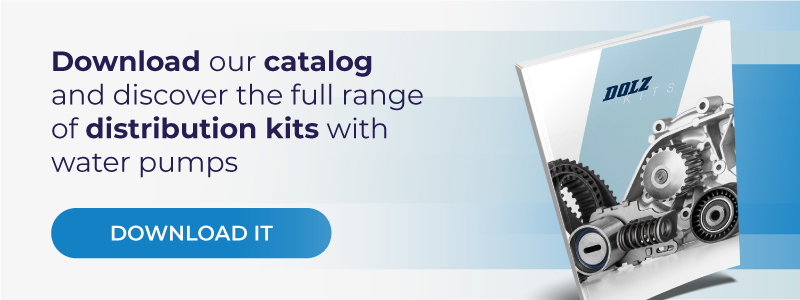What is a car timing belt?
Timing belts in vehicles offer an alternative to traditional timing chains, forming the crux of a vehicle’s timing system responsible for its seamless functioning. This system orchestrates a dance between components crucial for a vehicle’s operational prowess.
Within this choreography, the timing belt emerges as a conductor, synchronizing the movements of the crankshaft and the camshafts. This synchronization is pivotal in ensuring that the engine’s valves open and close in harmony with the pistons’ motion.
However, this synchronized performance isn’t indefinite. Over time, the timing belt faces wear and tear, necessitating the vital process of timing belt replacement. This proactive approach is vital to avert potential engine breakdowns due to a failing timing belt.
This synchronization plays out across the four distinctive phases of the engine’s combustion cycle, each bearing its significance:
- Intake: The intake phase involves the intake valve opening to allow the precise mixture of air and fuel to enter the engine’s combustion chamber, setting the stage for the power generation process.
- Compression: The compression phase follows, where both the intake and exhaust valves remain closed. The piston then compresses the air-fuel mixture to prepare it for ignition.
- Power: The power phase marks the moment of ignition. The spark plug ignites the compressed air-fuel mixture, resulting in a controlled explosion that forcefully drives the piston downward.
- Exhaust: The final phase, exhaust, sees the exhaust valve opening as the piston moves back up. This action expels the burned gases from the combustion chamber to make way for the next cycle.
Characteristics of a timing belt
The timing belt is a rubber belt with hard teeth that interlock with the cogwheels of the crankshaft and the camshafts. In many modern engines, timing belts have replaced metal timing chains as a quieter and lighter alternative, while remaining fairly durable.
Even though timing belts are durable and highly efficient, they are constantly under stress and subject to great forces inside the vehicle’s engine. Operating in high heat environments makes them impossible to last forever, so vehicles will require a timing belt replacement at some point during its life.
Timing belt kit components
Timing belt kits were born as a more reliable, convenient and accessible way to carry out timing belt replacements and repairs. For this reason, the pump market has evolved towards complete one box solutions that include the timing belt together with the rollers, bearings and screws required to correctly change the vehicle’s distribution, as well as an optional water pump.
The reason why most quality timing belt kits include a water pump in its components, is because it is highly recommendable to replace both components at the same time. In most cases, doing so will save costs and labour, as well as ensuring a predictive and safe form of maintenance.

Related content: Things to consider when choosing a timing belt kit
When should you carry out a car timing belt replacement?
All the components of the distribution kit, including the water pump, are key elements for the proper cooling and operating of any vehicle’s engine and cooling system.
Timing belts are therefore a maintenance item; they can wear out and fail without warning. Then, when to replace a timing belt? It should be replaced on a regular basis. Typically, timing belts should be changed every 4-5 years second usage.
However, the first principle for optimum maintenance is reading your owner’s manual, as every manufacturer differs. It pays to know which kind of engine you have and what are its recommended replacement intervals.
Timing belt replacement recommendations
Regular checks are the most effective way to save you money and avoid problems in the long run. The frequency of your replacements will depend on many factors, including the age of your current belt, the distance travelled and the model of your car.
Prevention is key to an optimal car maintenance, as there are usually no certain clues to indicate a worn belt that may be close to snapping. If you have a decent maintenance schedule in place, you can avoid the additional wear and tear that will result in problematic warning signs.
Because water pumps and timing belts are so closely related in terms of their functioning, and because access to them usually requires removing both parts, distribution kits including both components are largely preferred by car workshops for maximum efficiency.
You should read: 5 warning signs it’s time to replace the timing belt
Premium car Timing belt kits for garages
Industrias Dolz offers premium timing belt kits in the aftermarket, which are 100% tested and equivalent to OE specifications. Its 90 years of history and ISO certifications have accounted for a guarantee rate of <0.05%. Our range of timing belt kits include the following:
- A timing belt that is resistant to changes in temperature, water and oil. Ensuring an optimized durability.
- Idlers made of high-quality raw materials and grease, to ensure the highest efficiency.
- A water pump (optional) manufactured with a silicon carbide seal, for maximum coating and functionality.
If you are in need to replace a vehicle’s timing belt, regardless of being interested in the complimentary water pump or not, contact us or download our kits eCatalogue to know all about our full timing belt kits. These include all necessary components for an optimum timing belt replacement!


